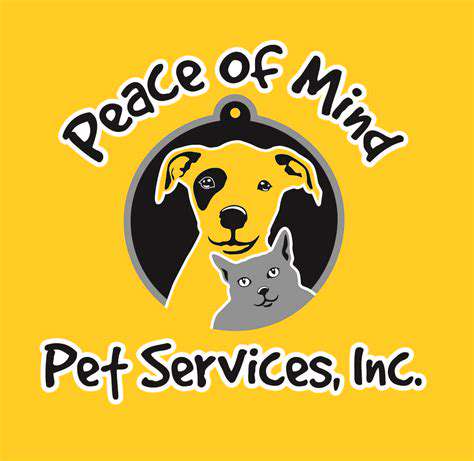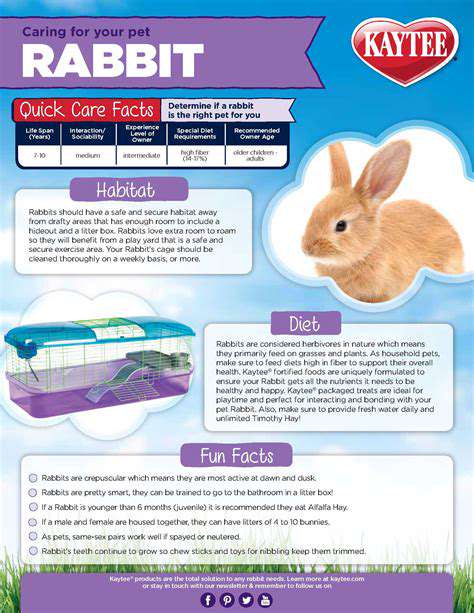How to Prepare for Your Pet's Annual Vet Visit
Gathering Essential Information & Documents
Gathering Veterinary Records
Make sure to compile your pet's complete veterinary history, covering immunizations, chronic illnesses, allergic reactions, and recent medical procedures. This comprehensive profile enables your vet to evaluate your pet's condition accurately and tailor the annual checkup accordingly. Maintaining a log of past medications, therapies, and outcomes helps the veterinarian grasp your pet's unique medical background.
Keeping these documents organized and accessible streamlines the appointment and guarantees your vet has all relevant details for sound medical judgments. Include any prior test results, specialist reports, or rehabilitation plans.
Identifying Existing Health Conditions
Prior to your visit, reflect on any persistent health issues affecting your pet. Jot down observable changes like altered eating habits, unusual fatigue, bathroom routine disruptions, labored breathing, or strange actions. Presenting these notes helps your veterinarian concentrate on pressing matters and possibly identify hidden concerns.
Additionally, track recent shifts in your pet's demeanor or physical state. Has your companion shown unusual laziness or hyperactivity? Notice any differences in fur quality, skin condition, or weight? These details offer critical insights for your pet's healthcare provider.
Collecting Important Medications
Pack every treatment your pet currently uses - prescribed medicines, nutritional supplements, and store-bought remedies. Original packaging is vital as it confirms proper dosing, components, and administration guidelines. This allows your vet to check for possible contraindications or modify existing prescriptions.
Document any medication intolerances or adverse reactions your pet has experienced previously. Recording past negative responses, including specific symptoms, helps prevent future complications.
Preparing for the Examination
Ensure your pet arrives well-rested and calm for optimal cooperation during assessment. Limit vigorous activity before the appointment to facilitate a more productive evaluation.
Familiarize yourself with the checkup process beforehand. Prepare specific inquiries about your pet's wellbeing to maximize the consultation's value. This proactive stance ensures your beloved companion receives the most thorough care possible.
Gathering Essential Supplies
Organize necessary equipment like harnesses, transport containers, and provisions for the clinic visit. Verify carriers provide adequate space for your pet's comfort. Proper preparation minimizes stress for both owner and animal during the veterinary visit.
Include comforting items like a well-loved blanket or chew toy to ease anxiety. Familiar objects create security in unfamiliar clinical settings, making the experience less traumatic for sensitive pets.

Planning for Potential Costs & Insurance
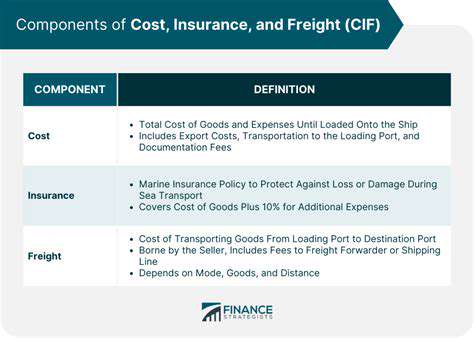
Understanding Insurance Premiums
Insurance costs form the foundation of responsible financial preparation for pet owners. These recurring payments maintain your coverage, with amounts fluctuating based on multiple variables. Factors include policy type, benefit limits, your pet's age, breed-specific risks, pre-existing conditions, and regional veterinary costs. Comparing different insurers and plan structures helps identify optimal coverage at reasonable rates.
Estimating Repair Costs
Unexpected accidents or chronic conditions can generate substantial veterinary bills. Realistic projections prevent financial surprises and ensure you can afford necessary treatments. Research common procedures for your pet's breed and obtain estimates from multiple clinics. Establishing an emergency medical fund provides crucial protection against unforeseen expenses.
Account for potential complications or specialized treatments that might increase overall costs substantially.
Budgeting for Maintenance
Preventative care represents the most cost-effective approach to pet health management. Regular wellness visits and routine care dramatically reduce the likelihood of expensive emergency interventions later. Allocate funds for dental cleanings, parasite prevention, and age-appropriate screenings. Preventative investments yield long-term savings while promoting your pet's quality of life.
Assessing Legal Fees
Certain situations like liability claims or housing disputes may require legal assistance. Anticipating potential legal expenses allows for better financial preparedness. Consult animal law specialists to understand possible scenarios and associated costs. Include legal considerations when evaluating risks related to pet ownership or property damage.
Contingency Planning & Budgeting
Developing financial safeguards protects against unexpected pet-related crises. A robust emergency fund ensures you can address urgent health issues without compromising other obligations. Designate a specific percentage of household income for pet care contingencies, creating a reliable safety net for medical emergencies or unexpected procedures.

Read more about How to Prepare for Your Pet's Annual Vet Visit
Hot Recommendations
- Guide to Winter Pet Care [Protecting Paws]
- Why Adopt? Giving a Shelter Pet a Second Chance
- Best Diet for Senior Dogs with Mobility Issues
- Understanding Your Cat's Grooming Habits
- How to Help Animals in Emergency Situations
- The Financial Costs of Adopting a Pet
- Funny Things My Pet Does When I'm Not Home
- Life with My [Specific Exotic Pet]
- How to Find the Right Rescue Organization
- A Vacation with My [Pet's Name] [Story]
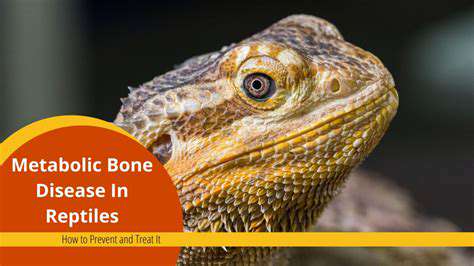


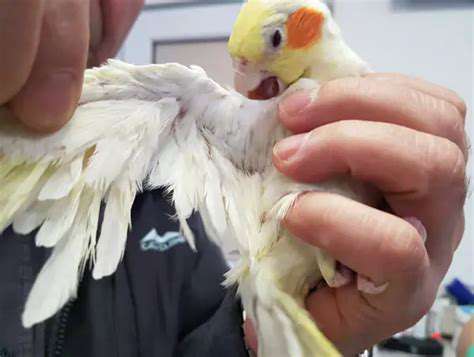



![Review: [Specific Brand] Smart Pet Door](/static/images/33/2025-05/EaseofInstallationandSetup.jpg)
